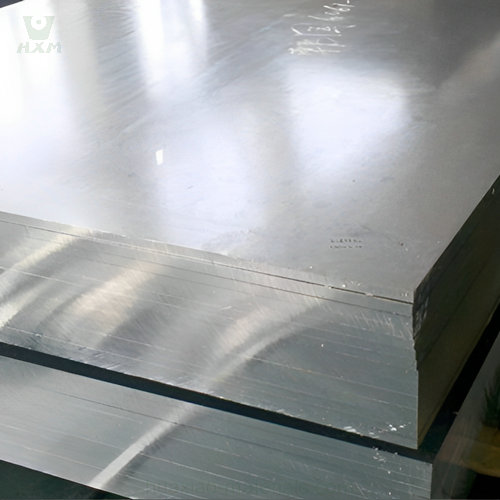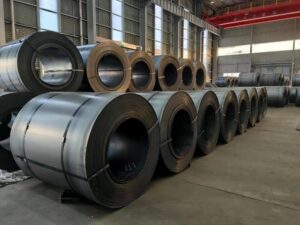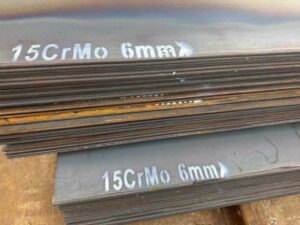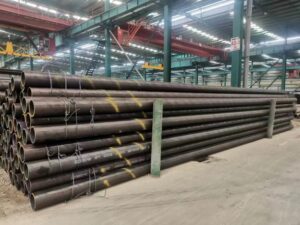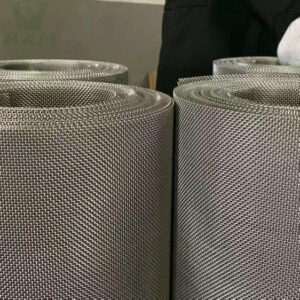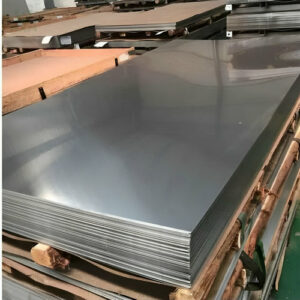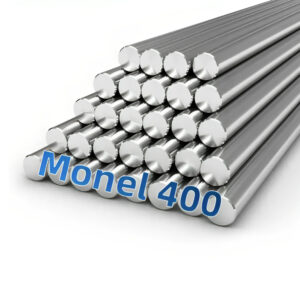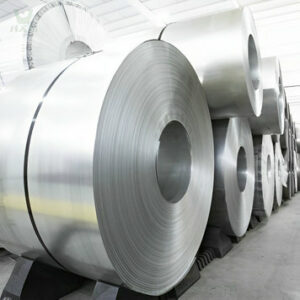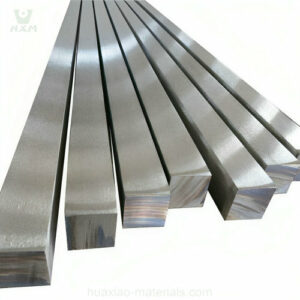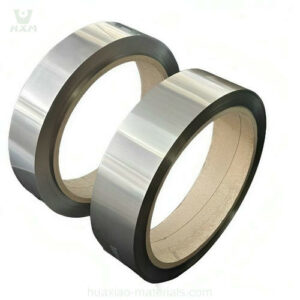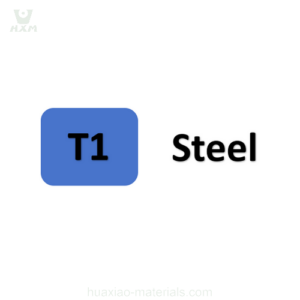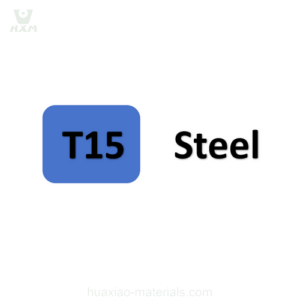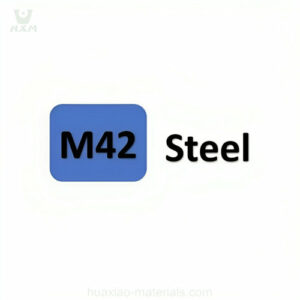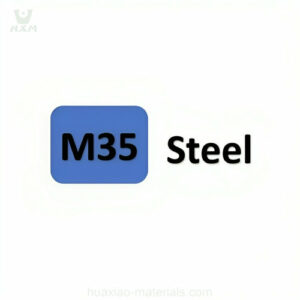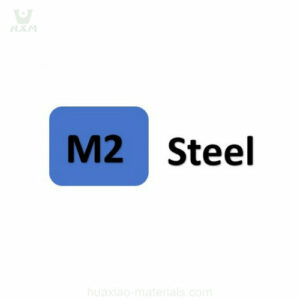Alloy steel and stainless steel are two distinct types of steel with differences in composition and properties that make them suitable for various applications. Here are the primary differences between these two types of steel:
1. Composition:
Alloy Steel: Alloy steel is a type of steel that contains various alloying elements in addition to iron and carbon. These alloying elements can include manganese, silicon, nickel, chromium, molybdenum, vanadium, and more. The presence of these elements imparts specific properties to alloy steel, such as increased strength, hardness, and wear resistance.
Stainless Steel: Stainless steel is a specific type of alloy steel that contains a minimum of 10.5% chromium. This chromium content forms a protective layer of chromium oxide on the surface of the steel, which gives stainless steel its characteristic corrosion resistance. Stainless steel also contains varying amounts of nickel and other alloying elements for additional properties.
2. Corrosion Resistance:
Alloy Steel: Alloy steel, in general, does not offer the same level of corrosion resistance as stainless steel. However, certain alloy steels may be coated or treated to enhance their corrosion resistance for specific applications.
Stainless Steel: Stainless steel is known for its excellent corrosion resistance due to the formation of a passive chromium oxide layer. This makes stainless steel suitable for applications in corrosive environments, such as those involving exposure to moisture or chemicals.
3. Properties:
Alloy Steel: Alloy steel can be engineered to have a wide range of mechanical properties, depending on the specific alloying elements and heat treatment processes used. Alloy steel is often chosen for applications requiring high strength, hardness, and toughness.
Stainless Steel: Stainless steel combines corrosion resistance with varying degrees of mechanical properties, depending on the specific grade. Stainless steel grades can range from those designed for enhanced corrosion resistance (austenitic and duplex stainless steels) to those with higher strength and wear resistance (martensitic and precipitation-hardening stainless steels).
4. Magnetic Properties:
Alloy Steel: The magnetic properties of alloy steel can vary depending on its composition and heat treatment, but it is generally more magnetic than stainless steel.
Stainless Steel: The magnetic properties of stainless steel can also vary based on the specific grade. Austenitic stainless steels (e.g., 304, 316) are usually non-magnetic, while ferritic and martensitic stainless steels can be magnetic.
5. Applications:
Alloy Steel: Alloy steel is commonly used in applications where specific mechanical properties are required, such as in construction, automotive, machinery, and tools.
Stainless Steel: Stainless steel finds applications in a wide range of industries, including food processing, medical devices, aerospace, architecture, marine equipment, and more, due to its corrosion resistance and hygienic properties.
In summary, alloy steel and stainless steel differ in terms of their composition, corrosion resistance, mechanical properties, and applications. Alloy steel is chosen for its mechanical properties, while stainless steel is prized for its corrosion resistance and versatility. The specific choice between these two types of steel depends on the requirements of the application and the desired balance of properties.

